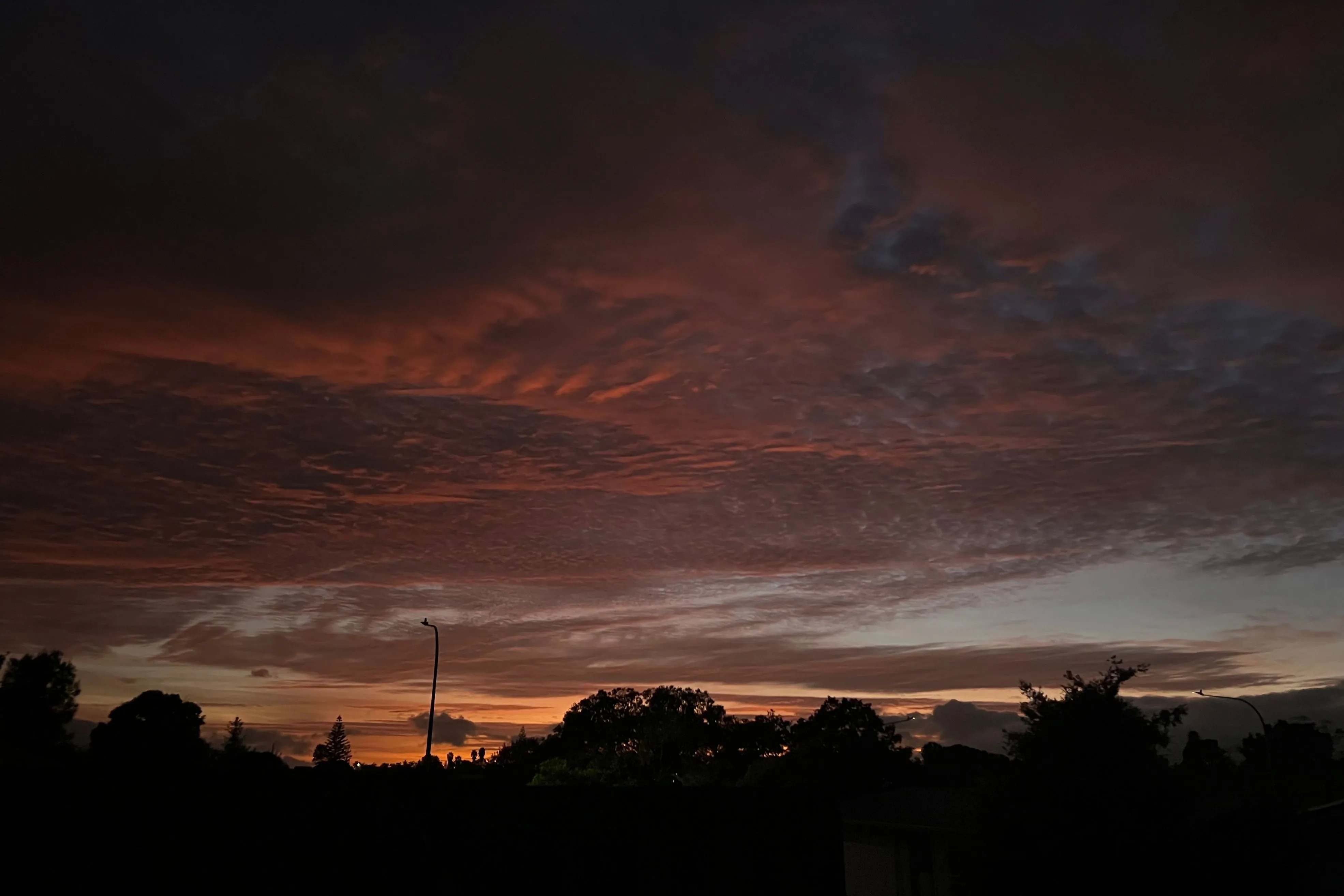“Ka Mua Ka Muri - Walking Backwards Into The Future"
OPINION: Tiaki Kerei reflects on a Te Ao Māori concept that speaks to elements at the heart of both creativity and Aotearoa.

“Ka Mua Ka Muri” is an oft used whakatauki (cultural proverb) to describe the notion of “walking backwards into the future”.
This principle is a basic foundation that allows for interpretations of Māoritanga that - quoting Artnow.NZ - “suggests time exists on a continuum where past, present and future co-exist and are inherently tethered through ancestry and action”.
To do a quick Google search is to see how accessible this concept is in all frames of life - and how it has been the conduit for many artists, organisations, exhibitions, education resources, concerts, series, books, podcasts, works of literary, performing, visual and sonic art.
It is handy, in that it floats in the air - liminally, unobtrusively. It gives the aura of something. But until it is contextualised, it hangs in the balance like a smokescreen, a holding space which is understandable when what it is, is still to be formed.
When people evoke this whakatauki, they are achieving something - a signalling of its inherent Māoritanga amidst an opacity that also throws people off the sense of viscerality.
It becomes unquestioning so that whatever is framed by it is secondary. In similar cultural tactics, it is the equivalent of waiata tautoko.
In Māori culture, it is customary to show ensemble support of the chosen speaker representative in protocol (formal or informal) by way of spontaneous singing of a waiata (song).
Given the dispersed practice as intertribal connectedness, a raft of similarly accessible songs have emerged that enable the basic foundation of kotahitanga (oneness) to be upheld. This doesn’t mean the songs are any good - in fact, we all know the cringey ones - but it is irrelevant to the purpose of the moment.
Given that a 'one for all and all for one' attitude permeates the circular nature of Te Ao Māori - to literally “step out of the norm to walk into the future” becomes less coherent a thought pattern.
What is to innovate in a cultural paradigm that hasn’t already been done?
I refer again to the visual masterpiece Wharenui Harikoa by crochet & sculpture makers Lissy and Rudi Robinson-Cole, a work that manifested slowly over time by these two haututū (creative upstarts).
Now in the world as a full-scale crocheted wharenui (traditional house), their approach was to focus on the generative possibilities of Harikoa (joy) through colour and cosmology, sensorial, auditory (soundtrack) and visual (light/projection). A wishing star creates a personal bond for visitors to acknowledge beyond earthly aspiration.
Arguably, they could consider this work in the oeuvre of something like Ka Mua Ka Muri, except that theme has been done many times before and doesn’t need or require risk or imagination to self-justify. Instead, they forge their own path, as a CNZ assessor pushed them further into their passion by not funding their first-ever application and saying “I don’t know where this sits on the Māori continuum”.

As a response, I was gratefully part of the next CNZ application where we collectively gathered a range of incredible Māori innovators, across arts, culture and science for a life-shifting and mana-enhancing (and successfully funded) wānanga where one of the agendas was to discuss what each of us thought about the notion of a “Māori continuum”.
In a way, we couldn’t rely on walking backwards as the focus on creating a work that had never existed before needed us to have a multidimensional lens that is part of our developing global consciousness and arcs towards greater implications of ‘doing something’.

If people rely on what we have already done, we don’t change, evolve or transform. If we try to entertain for the sake of it, or we sit happily in what does not challenge our boundaries, there is no future.
On Budget day a week ago, we saw a day of nationwide protests – with people encouraged to go on strike in response to the Government’s perceived “assault on tangata whenua and Te Tiriti o Waitangi”.
The term ‘carkoi’ has been coined; ‘hikoi’ meaning march - but this time in cars. The massive traffic disruption across the country made its mark, organised by Te Pāti Māori and other connected to Toitū Te Tiriti movement.
As this discourse unfolds, may we reach into the energy of this contemporary moment and see something new, vital and real.
Perhaps with this in mind we can construct a more relevant whakatauki:
Te taraiwa whakamua, te tohu whakamuri, te huri atu ki te heke mai - Driving forwards, signalling backwards, turning off into the future.
Acknowledging Jack Gray's journey and decision to reconnect with his Tipuna name, Tiaki Kerei. This step not only honours his ancestors' legacy but also challenges historical norms by reclaiming his Māori identity in a world often influenced by British conventions. Through this action, Jack Gray asserts the importance of cultural and personal mana.